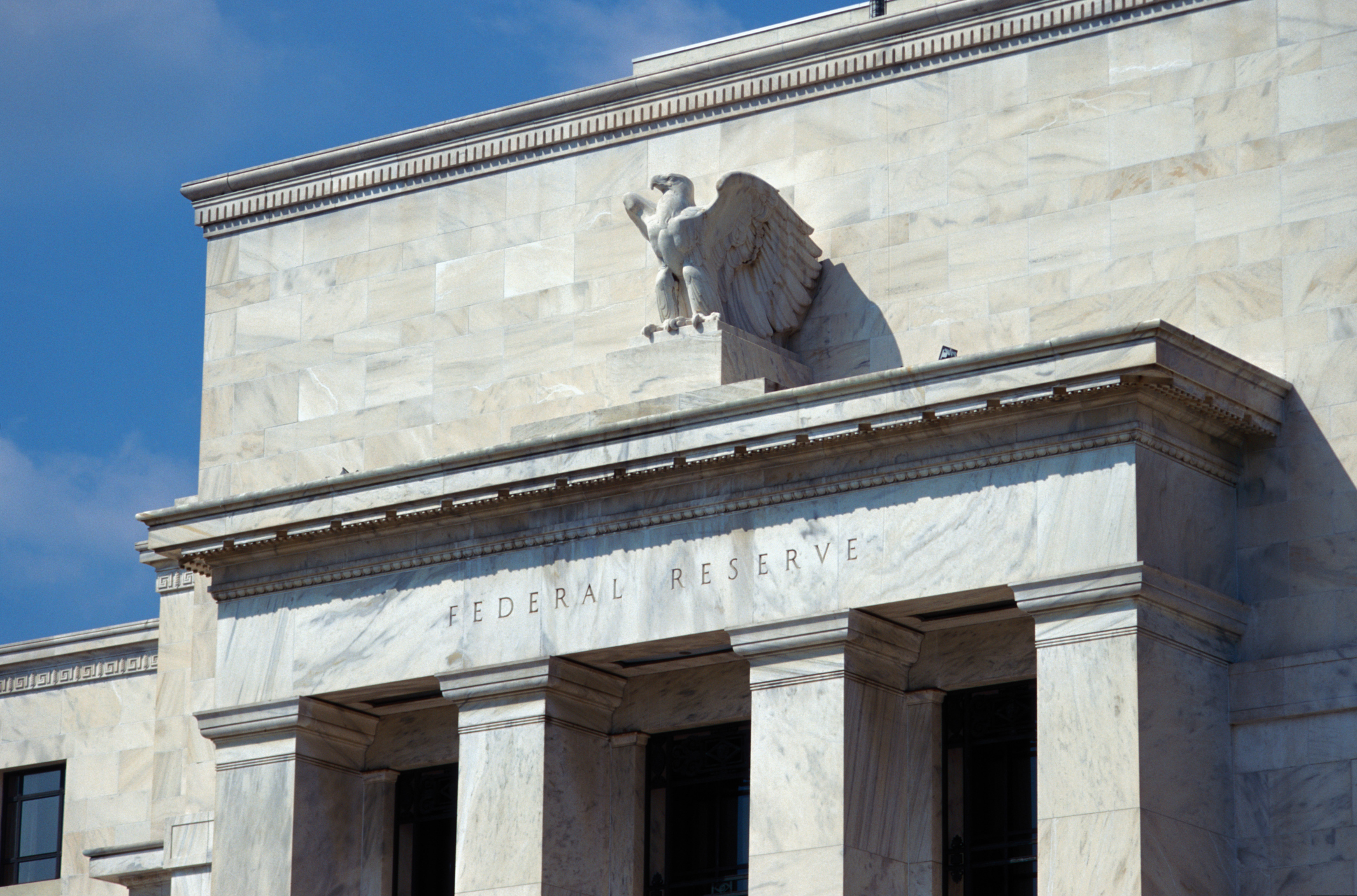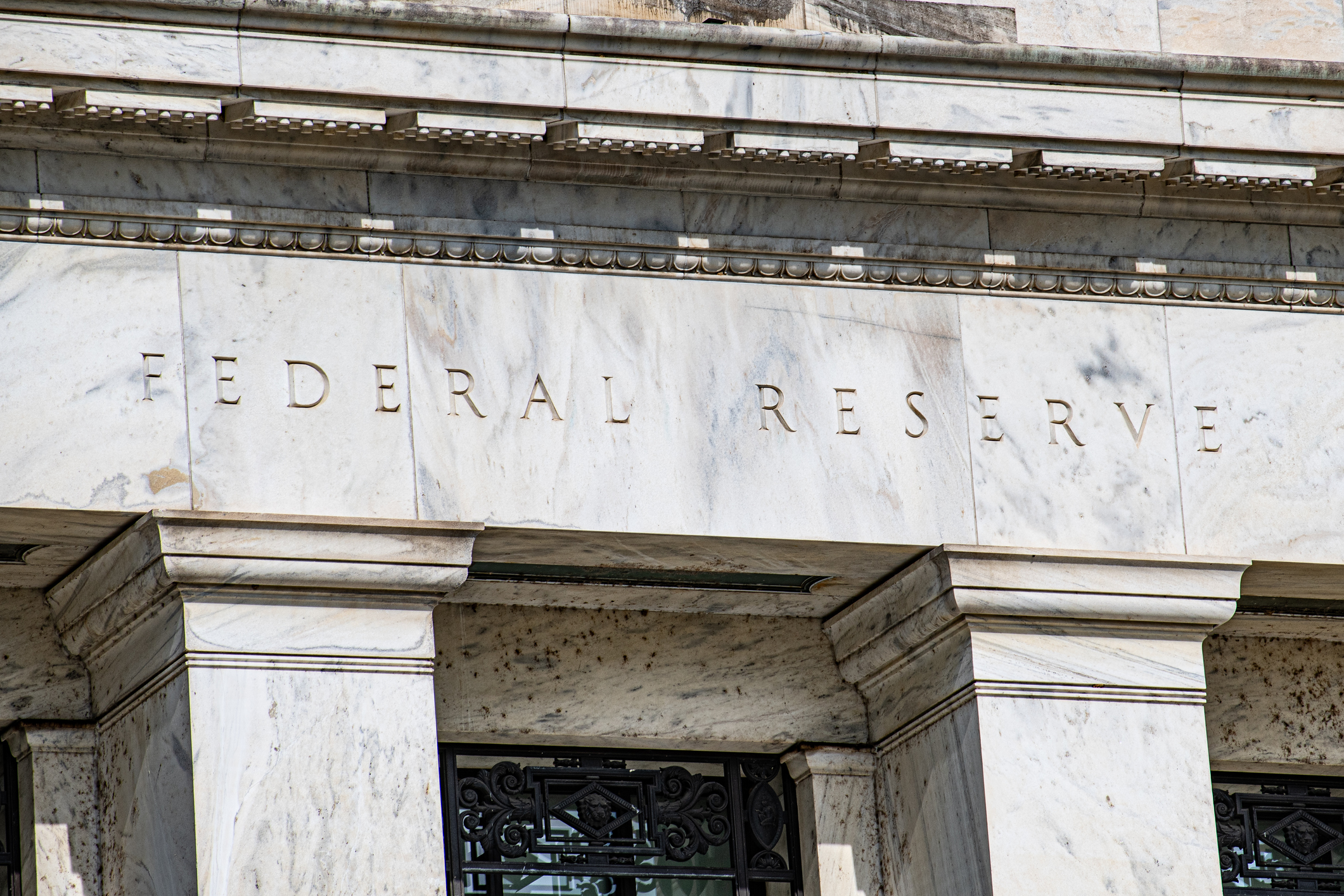Kiplinger Special: How Businesses Should Budget for 2025
From fuel to AI software subscriptions, here's what businesses can expect to pay next year.

To help you understand what is going on in the business sector and the economy, our highly experienced Kiplinger Letter team will keep you abreast of the latest developments and forecasts (Get a free issue of The Kiplinger Letter or subscribe). You'll get all the latest news first by subscribing, but we publish many (but not all) of our forecasts a few days afterward online. Here’s the latest...
To help you prepare business budgets for 2025, here are our latest forecasts on where business costs are headed.
What to Expect From the Economy
Expect slowing economic growth and falling inflation. Look for 2.0% GDP growth in 2025, versus 2.6% this year, with growth picking up in the second half. By the end of 2025, the Federal Reserve will have cut short-term rates by 1.5 points, from 5.5% to 4.0%. As the Fed cuts, other short-term rates will fall — consumer lending, home equity lines of credit, auto loans and interest earned on Treasury bills. Long-term rates will likely ease, with the 10-year Treasury note dipping to about 3.7%.
The 30-year mortgage rate should fall to around 6.0%, versus today’s 6.5%. When it comes to the jobs market, the unemployment rate will end 2025 at 4.2%, down slightly from 4.3% in 2024.
Inflation is likely to fall to 2.4% by year-end, versus 3.0% at the end of 2024.

Sign up for Kiplinger’s Free E-Newsletters
Profit and prosper with the best of expert advice on investing, taxes, retirement, personal finance and more - straight to your e-mail.
Profit and prosper with the best of expert advice - straight to your e-mail.
Corporate profit and pay
Corporate profits are set to jump 14%, after a 13% increase in 2024.
Pay hikes will be more modest in 2025, rising by 3.3%, after a 3.8% rise in 2024. For small businesses, pay hikes will average 3.0%. Total benefit compensation will increase by 3.8%, boosted by an 8% rise in health insurance premiums. As usual, prescription drugs are a big part, with prices set to rise 4%, plus usage up. One in eight Americans have already used expensive weight loss drugs, for example.
Energy Costs
Barring some oil supply shock, expect gasoline and diesel prices to behave next year, holding fairly close to this year’s levels and possibly decreasing by a tad. Even with two wars smoldering in Ukraine and Gaza, oil shipments have flowed without much interruption, while global oil demand has ticked up only modestly. That has led to lower prices at the pump in the U.S.
Gas and diesel should trend close to present levels, in 2025, or even fall a bit more if the economy slows. Geopolitical risk is the major caveat. If either of the current wars escalates or some other conflict affects oil shipments, all bets are off and prices could spike. Natural gas, already down last year, has managed to fall again this year.
To be safe, budget on a modest uptick next year vs. what you are paying now. Gas stockpiles are ample, thanks largely to relatively mild winter weather. However, demand keeps rising, both in the U.S. and abroad. New, power-hungry data centers point to even more gas being burned next year to generate power. More export capacity will also let producers ship additional volumes of U.S. gas to overseas buyers in 2025. So, we see today’s relatively low prices heading modestly higher, by about 5%-10%.
Electricity rates will be higher, but not as steep a rise as seen a couple of years ago. Figure on commercial and industrial users paying 2%-4% more than this year.
Transportation
If you rely on shipping products by air, don’t expect major shifts in rates next year, says Thomas Kempf, senior director of global airfreight development at freight forwarder Flexport. On routes from Asia to the U.S., he looks for stable to slightly higher pricing. On routes to and from Europe, Kempf says, rates are back to about 2019 levels, and they figure to stay there next year, aside from modest seasonal variations — a bit higher when air travel is low and there are fewer passenger flights to haul cargo, a bit lower during the peak travel season. Rates for shipping by air in or out of the Middle East region are likely to stay near recent elevated levels after disruptions to maritime shipping in the Red Sea forced more cargo to travel by costlier air routes. In general, Kempf notes that air cargo volumes have finally surpassed 2019 levels after the disruptions caused by the pandemic, and ecommerce shipments are driving strong demand growth. Meanwhile, air freight carrying capacity growth will be limited, helping to support shipping rates in coming years.
Trucking spot rates will rise 10%, excluding fuel surcharges. Contract rates will be up 6% and rail shipping costs will also be up about 6% or so. Intermodal rates will dip, however.
Payroll Costs
Expect to see payroll taxes rising, as the $168,600 wage base goes to about $175,000.
For firms that pay pension premiums to the Pension Benefit Guaranty Corporation, there will be no change in rates, with the exception of inflation-related indexing for flat-rate premiums, which will hover around $105 per plan participant in 2025. Variable-rate premiums for underfunded plans will be $52 per $1,000 of unfunded vested benefits (subject to a $710 or so per-participant ceiling).
Insurance
Budget more for insurance. Rates for commercial property insurance will rise 5%-10%, on average, for properties not exposed to natural catastrophes. For those with exposure, expect an increase of 10%. For policies with recent losses, look for an average rate hike of up to 20%.
Rates for primary casualty insurance will go up 5%-10%. Umbrella and excess liability rates are likely to jump 15%, as insurers are writing substantially fewer policies. For cyber insurance, firms renewing policies are in for a rate increase of up to 5% or even a small decline if expanding coverage. For companies with recent cyber claims or incidents, this will likely be higher, about 10%. Ask about lower premiums in exchange for a bigger investment in cybersecurity. For directors and officers insurance, more insurers entering the market means rates will fall up to 10% because of competition. Private and nonprofits will be up to 5% lower.
Legal costs will rise about 3%-5%, on average, as demand remains strong. Expect accounting costs for a typical company to increase up to 10%.
Travel Costs
Don’t expect any relief for air travel. Ticket prices are set to rise 5%-10% as consumer demand stays high and airline capacity shortages persist in 2025. Business travel, which has lagged behind leisure since the pandemic, will pick up, further adding to capacity problems as airlines scramble to buy new planes. And in Europe, higher ticket taxes and strict emissions rules are pushing up prices. The wild card: Unpredictable jet fuel prices, which could throw a wrench in forecasts.
Hotel rooms will inch up next year, though only slightly. Rates overall will be about 2% higher, though prices will vary depending on the type of room and hotel. Economy and luxury room rates will be down 1%. All other categories, up a tad, 2.5% at most. Other good news is that rooms in all categories will be plentiful.
Car rental rates figure to edge up about 2.5%, reflecting a market that is stabilizing after three years of volatility. Larger-car classes, such as SUVs, could see bigger rate increases. Some cities are likely to see higher price bumps, too.
Buildings and Property
With vacancies still high, office rents will be up just 1% versus 2024. Rent-free months and other concessions will likely continue but not be as common.
With record-low vacancies, warehouse rents are in for a 5%-10% increase. Demand continues to be strong for stockpiling inventory and e-commerce space.
Retail space will be up 1%-2%, on average. Vacancy rates for neighborhood and community shopping centers have been falling, pushing up prices. A pullback in retail space construction makes it harder to find locations in desirable spots.
Technology Costs
For the most part, tech and telecom costs will edge up. Mobile phones will likely rise 3%, on average, but expect bigger hikes for premium smartphones that include built-in artificial intelligence tech, which will see high demand in 2025. Specialized AI PCs and laptops will rise in price, and continue to cost 10%-15% more than non-AI models. Cell plans will cost more but with tamer increases than in 2024. Competition, including 5G and satellite, will keep business internet prices in check.
Expect higher subscription prices for generative AI tools and services.
This forecast is from The Kiplinger Letter, which has been running since 1923 and is a collection of concise weekly forecasts on business and economic trends, as well as what to expect from Washington, to help you understand what’s coming up to make the most of your investments and your money. Subscribe to The Kiplinger Letter.
Profit and prosper with the best of Kiplinger's advice on investing, taxes, retirement, personal finance and much more. Delivered daily. Enter your email in the box and click Sign Me Up.

John Miley is a Senior Associate Editor at The Kiplinger Letter. He mainly covers technology, telecom and education, but will jump on other important business topics as needed. In his role, he provides timely forecasts about emerging technologies, business trends and government regulations. He also edits stories for the weekly publication and has written and edited e-mail newsletters.
He joined Kiplinger in August 2010 as a reporter for Kiplinger's Personal Finance magazine, where he wrote stories, fact-checked articles and researched investing data. After two years at the magazine, he moved to the Letter, where he has been for the last decade. He holds a BA from Bates College and a master’s degree in magazine journalism from Northwestern University, where he specialized in business reporting. An avid runner and a former decathlete, he has written about fitness and competed in triathlons.
- David PayneStaff Economist, The Kiplinger Letter
- Rodrigo Sermeño, The Kiplinger Letter
- Jim PattersonManaging Editor, The Kiplinger Letter
- Sean LengellAssociate Editor, The Kiplinger Letter
- Joy TaylorEditor, The Kiplinger Tax Letter
-
 Stock Market Today: Stocks Struggle to Sustain Gains
Stock Market Today: Stocks Struggle to Sustain GainsMixed messages from multiple sources continue to make for a messy market for investors, traders and speculators.
-
 What is the IRMAA (Income-Related Monthly Adjustment Amount)?
What is the IRMAA (Income-Related Monthly Adjustment Amount)?IRMAA is a surcharge added to your Medicare Part B and Medicare Part D prescription drug coverage premiums if your income is above a certain level. Here's what you need to know.
-
 Blue Collar Workers Add AI to Their Toolboxes
Blue Collar Workers Add AI to Their ToolboxesThe Kiplinger Letter AI can’t fix a leak or install lighting, but more and more tradespeople are adopting artificial intelligence for back-office work and other tasks.
-
 Who Will Replace Jerome Powell as Fed Chair?
Who Will Replace Jerome Powell as Fed Chair?Even if President Trump doesn't make good on threats to fire Chair Powell, the Fed leader's term ends in 2026.
-
 June Fed Meeting: Updates and Commentary
June Fed Meeting: Updates and CommentaryThe June Fed meeting was a key economic event, with Wall Street keyed into what Fed Chair Powell & Co. have to say about interest rates and the economy.
-
 America's Surprising Strengths in Manufacturing and Exports
America's Surprising Strengths in Manufacturing and ExportsThe Kiplinger Letter Despite common perceptions that the U.S. doesn't build things anymore, American factories are still hard at work. A special report from The Kiplinger Letter.
-
 Will State Laws Hurt AI’s Future?
Will State Laws Hurt AI’s Future?The Kiplinger Letter Republicans in Congress are considering a moratorium on state AI laws. But it’s likely a growing patchwork of state AI regulations will be here for a while.
-
 The New AI Agents Will Tackle Your To-Do List
The New AI Agents Will Tackle Your To-Do ListThe Kiplinger Letter Autonomous AI agents “see” your computer screen, then complete a task, from buying a concert ticket to organizing email. This opens up a world of possibilities.
-
 May Fed Meeting: Updates and Commentary
May Fed Meeting: Updates and CommentaryThe May Fed meeting came and went with little fanfare as Fed Chair Powell & Co. stuck to their data-dependent script toward interest rates amid tariff uncertainty. The May Fed meeting came and went with little fanfare as Fed Chair Powell & Co. stuck to their data-dependent script toward interest rates amid tariff uncertainty.
-
 AI’s Medical Revolution
AI’s Medical RevolutionThe Kiplinger Letter Medicine is a field ripe for finding both exciting and practical uses for AI. The tech is already being used by doctors and researchers.